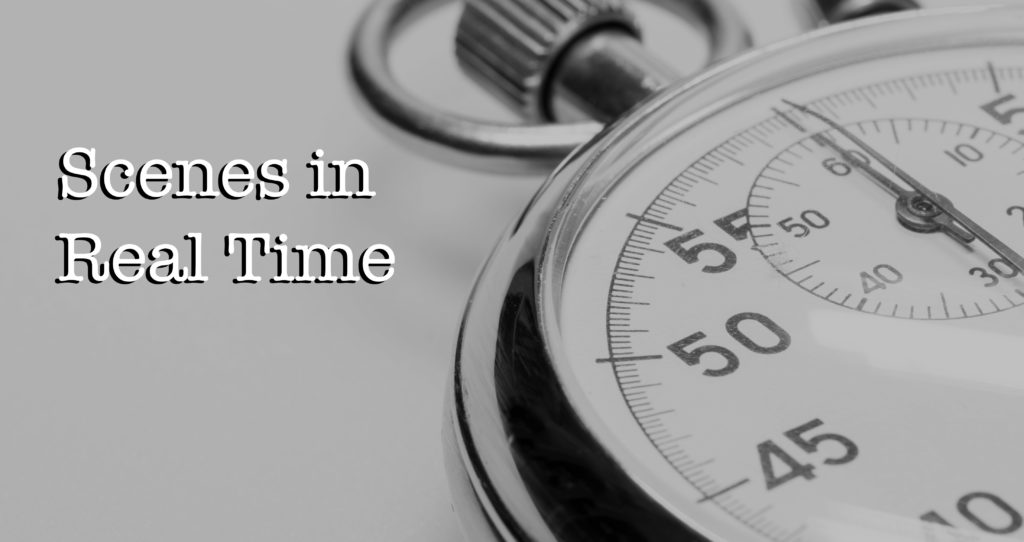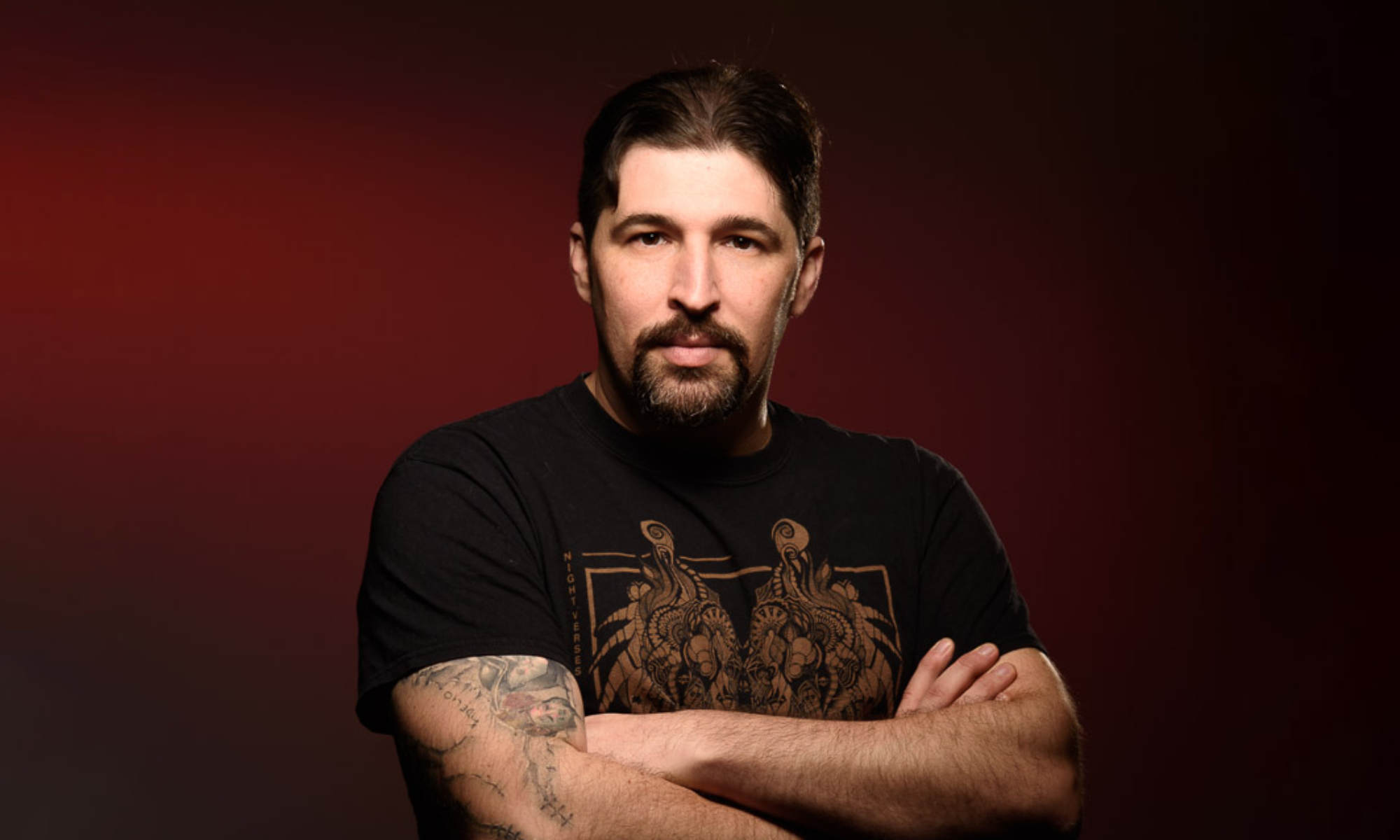
I remember having discussions about the use of slow motion with film school colleagues at the time. Some of my friends thought little of it, because they considered it a cheap tool to make things ‘cooler’ and added nothing of substance to the material shown. I’m more of the school of thought that slow-motion, if used wisely is a wonderful tool to heighten a moment. One friend of mine considered slow-motion the most unique film experience, since you can’t replicate it in any other art form and needs to be elevated as such.
To explore this topic further, I decided to take scenes from films by several different directors and effectively took the slow motion out by speeding the slow-mo shots up to real time. Is anything lost or gained by doing so? Does it harm the scene or improve it? Or does it just change the context of it? Here are some examples:
The Matrix “Lobby Shoot out” – Dir. The Wachowskis
This sequence (and the whole film!) is of course famous for its stylised action and use of slow motion. What I find interesting is that speeding up the slow-mo shots doesn’t drastically change the mood of the scene. It might be slightly less ‘slick’ or ‘cool,’ but the action paces just as well. Depending on your preference, it might even improve it. Personally, I prefer it the way it was originally, but it’s interesting to see how removing the slow motion doesn’t seem to affect the scene much at all.
Watchmen “Death of the comedian” – Dir. Zack Snyder
This scene is filled with slow motion. Even some of the smallest moments in this scene are slowed down. You’ll notice that the music edit is a little shaky, but I tried my best to maintain the song’s integrity while speeding up the shots. One thing that’s interesting is that the emotion of the scene isn’t affected too much. But because so much is built around the use of slow motion, the scene doesn’t work well without it. As The Nerdwriter points out in one of his video essays, Zack Snyder builds his films around moments. By speeding them up, the scene still feels the same, but any significant impact of the moment is lost.
Drive “Elevator kiss” – Dir. Nicholas Winding-Refn
This scene to me changes mood completely in real time. I find it much more violent and crass than its original counterpart. The slow motion in the original version feels more subtle and elegant. The kiss is much longer and more sensual in the original because of the slow-mo. However the violence that follows it is interestingly much less brutal. In real time the scene loses a bit of its poetry and elegance, especially during the violence.
Avatar “Tsu’tey’s death” – Dir. James Cameron
This is a great example of a scene that just doesn’t work without slow motion. This scene is the emotional low point of the film and James Cameron brilliantly uses slow motion to drag out how our heroes lose ground to the enemy, throwing some beautiful visual symbolism in there as well. Without slow motion, the scene loses its impact in its entirety. Any pain you might feel for the characters disappears. Especially Tsu’tey’s last fight barely gives you a chance to root for him. His death passes so quickly it almost has no impact on the viewer. The ‘all is lost’ feeling is now gone and ruins the moment completely.
To watch some more:
[GalleryBox id=”130″]
